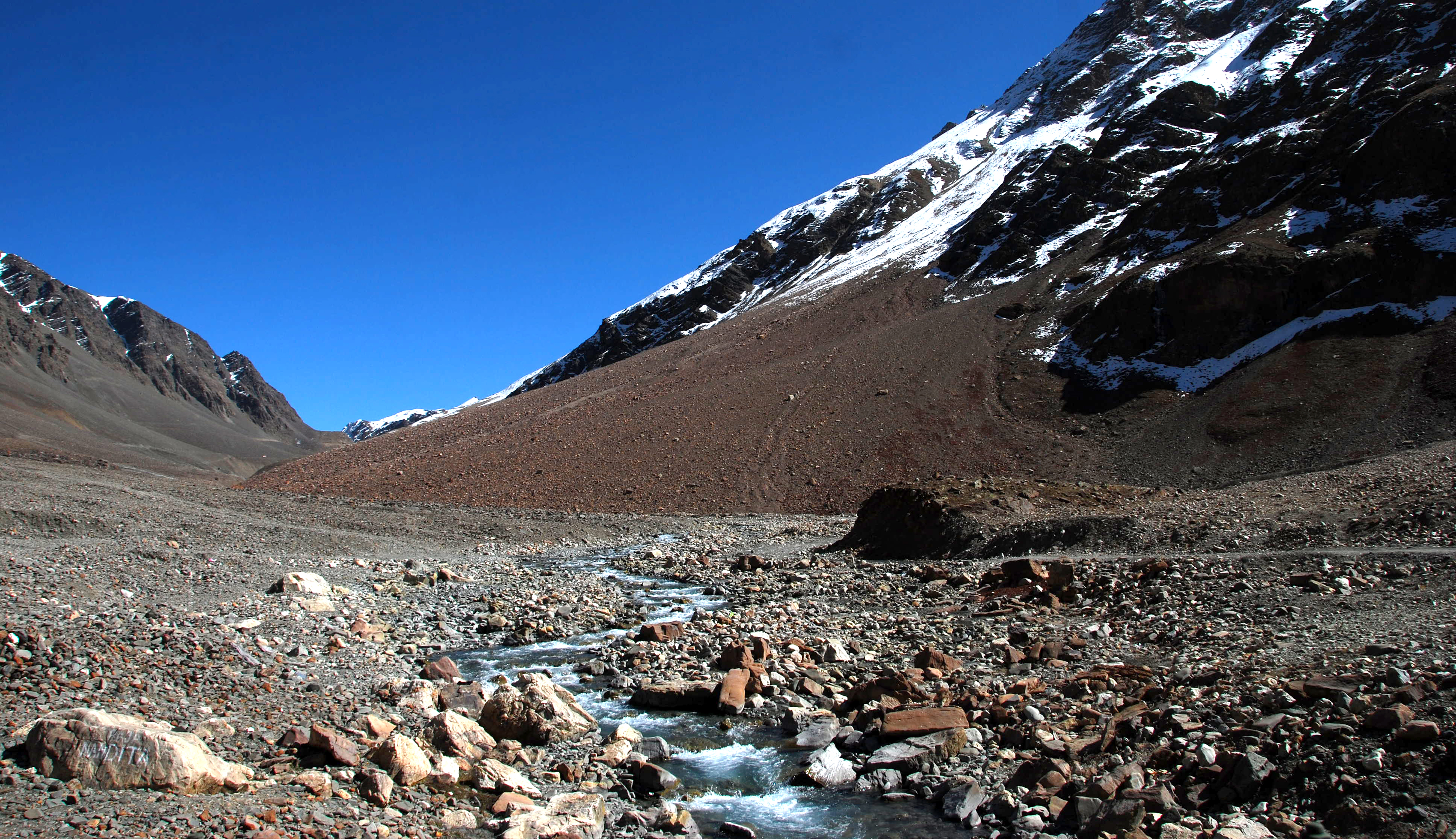10 Theories Explaining Why the Mighty Dire Wolf Went Extinct
2. Climate Change and Habitat Transformation

The end of the Pleistocene epoch was marked by significant climatic shifts that transformed landscapes and ecosystems. As the Ice Age drew to a close, temperatures rose, leading to the retreat of glaciers and the alteration of habitats that had supported megafauna. The lush grasslands that once spread across North America began to shrink, replaced by forests and other vegetation less conducive to the large herbivores that dire wolves preyed upon. This environmental upheaval likely disrupted food chains, reducing the availability of prey for apex predators. The dire wolf, with its specialized hunting strategies, may have struggled to adapt quickly enough to these rapid changes, leading to a decline in its populations.